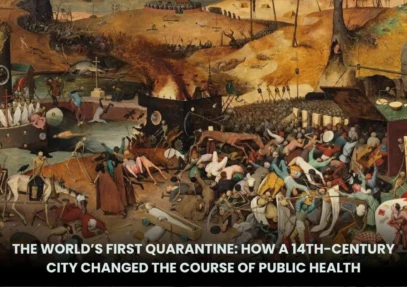How does the scoring system work in synchronized swimming?
Pluto is not considered a planet because it does not meet all the criteria defined by the International Astronomical Union (IAU) in 2006 for a celestial body to be classified as a planet. Here are the three criteria set by the IAU for a celestial body to be considered a planet: Orbit around the Sun:Read more
Pluto is not considered a planet because it does not meet all the criteria defined by the International Astronomical Union (IAU) in 2006 for a celestial body to be classified as a planet. Here are the three criteria set by the IAU for a celestial body to be considered a planet:
- Orbit around the Sun: The body must orbit the Sun.
- Sufficient Mass for a Nearly Round Shape: The body must have sufficient mass for its gravity to pull it into a nearly round (hydrostatic equilibrium) shape.
- Clear the Neighborhood around its Orbit: The body must have cleared its orbit of other debris, meaning it must be gravitationally dominant in its vicinity.
While Pluto meets the first two criteria (it orbits the Sun and is nearly round), it fails the third criterion. Pluto shares its orbit with other objects in the Kuiper Belt, a region of the Solar System beyond Neptune filled with icy bodies and debris. It has not cleared its neighborhood of other celestial bodies. Because of this, Pluto was reclassified as a dwarf planet rather than a full-fledged planet. The reclassification demoted Pluto from its status as the ninth planet of the Solar System to one of the many dwarf planets.
See less






The genetic inability to metabolize the amino acid phenylalanine is known as Phenylketonuria (PKU). Phenylketonuria (PKU) Cause: It is caused by a mutation in the gene that encodes the enzyme phenylalanine hydroxylase (PAH), which is essential for converting phenylalanine into tyrosine. Effect: WithRead more
The genetic inability to metabolize the amino acid phenylalanine is known as Phenylketonuria (PKU).
Phenylketonuria (PKU)
Newborns are routinely screened for PKU as part of standard neonatal screening programs in many countries.
See less